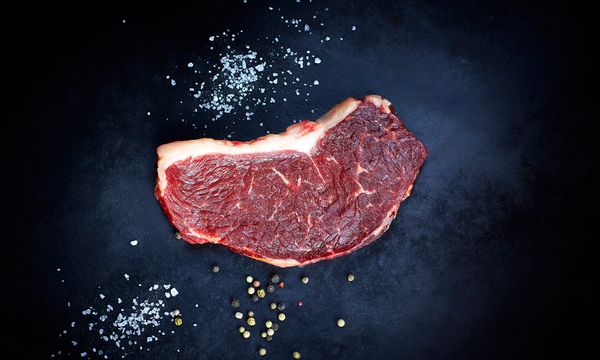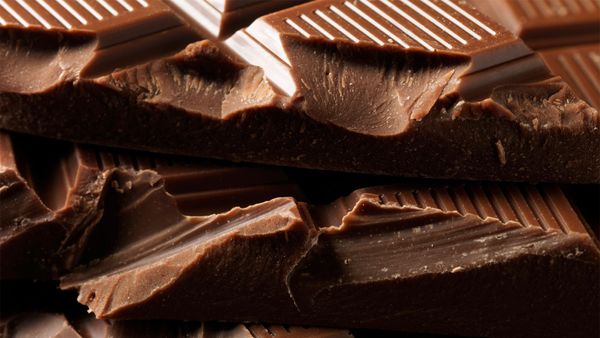
While it sounds like a far-off concept baked up in a sterile science lab, you've almost certainly eaten food that has gone through the Maillard (pronounced my-YAR) reaction. In fact, you probably eat foods several times a week — or day — that have gone through this peculiar process.
Dubbed "the flavor reaction," the Maillard reaction is a pillar of food science and the answer to the question "what makes cooked food taste good?" So what in the world is the Maillard reaction?
Advertisement
Discovered more than 108 years ago by French chemist Louis-Camille Maillard, the Maillard reaction is a series of consecutive complex reactions between amino acids on sugars when food is cooked. So, how does it work? In layman's terms, it's the chemical reaction that occurs when you brown your food at a temperature between 285 and 355 degrees Fahrenheit (140 and 179 degrees Celsius).
During this process, flavor compounds are broken down to create lots of new flavor compounds. Those compounds then break down, and so on and so on. So that delicious savory flavor you get with each crunch of your seared steak is, in part, a direct result of the Maillard reaction.
Here's a step-by-step guide on what happens on a microscopic level.
- When heat is added, sugar and a protein/amino acid react and form a compound called the Heyns or Amadori compound.
- These then react further to form aromatic compounds.
- In the final step, large complex molecules called melanoidins are formed. These eventually produce the food's brown color.
So how is Maillard reaction different from caramelization? "Simply put, caramelization is the browning of sugars, while Maillard reaction is a bit more complex and involves the interaction between amino acids and sugars," Napa Valley Inglenook Winery chef Alex Lovick explains. "The Maillard reaction begins to occur at a lower temperature than caramelization and produces many complex flavor compounds. It's one reason why food that has undergone this reaction is often desirable and can be considerably more exciting and interesting to eat."
The Maillard reaction is responsible for many colors and flavors in foods we know and eat all the time:
- Caramel made from milk and sugar
- Browning of bread into toast
- Chocolate, coffee and maple syrup
- Flavor and crust on roasted meat
So next time you cut into a perfectly seared steak, remember that the deliciousness you taste actually comes from a series of complex chemical process known as the Maillard reaction.
Advertisement


